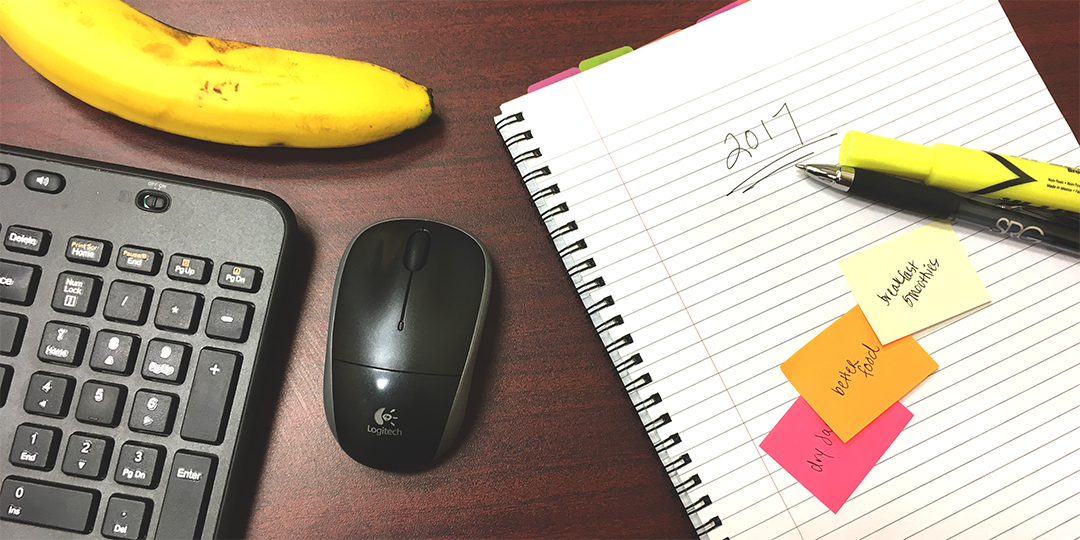
The Power of the Pen
Well, we have just hit the second month of 2017, and I don’t know about your New Year’s resolution, but mine have already been broken. My New Year’s resolutions are the same as many of you: my wife and I planned on having a ‘no drink January’. I had my first beer of 2017 on January 13th… almost made it two weeks! The other two major resolutions were to lose weight and eat better; in 2017 I’m up 5 pounds and hoping to make my healthy breakfast smoothies part of my routine. With my confidence in the New Year starting to drop, I looked online for a way to help me stick to my resolutions, and found something that can help anyone, and it’s cheap and easy.
The pen – a brilliant innovation that, according to Steven Roger Fischer in his book A History of Writing, humans have been using since 3000 BC, then called a reed pen. The fountain pen has a French patent from May 1827, and was mass produced in the 1850s. The modern ballpoint pen was patented on October 30, 1888 by John L. Loud.
Paper – much harder to date since it is not known for its durability against weather and time. Humans have been using papyrus as a paper since the ancient Egyptians around 2550 BC. There are also documented writings on animal skins from this time period. The first documented paper making process happened in China during the Easter Han dynasty in 25-220 AD.
Simply by writing out your resolution or goal, using pen and paper, you have a 10-times advantage to completing it compared to those who don’t write it out. This advantage exists for those who actually hand wrote it. When you write by hand, using the power of the pen, it compels you to meet that goal as it is real and something you have created.
You can further increase your advantage if you set your goal/resolution as a S.M.A.R.T. goal. The November 1981 issue of Management Review contained a paper by George T. Doran called There’s a S.M.A.R.T. way to write management’s goals and objectives and included a definition of setting the goal:
S – Specific – target a specific area for improvement
M – Measurable – quantify or at least suggest an indicator of progress.
A – Assignable – specify who will do it.
R – Realistic – state what results can realistically be achieved, given available resources.
T – Time related – specify when the result(s) can be achieved.
After all of my research on New Year’s resolutions, I sat back down with my wife, and we each were armed with our new super advantage – a pen and piece of paper. We wrote down our updated New Year’s resolutions as S.M.A.R.T. Goals and have our first time-check in June. So if you’ve already broken some of your resolutions, join us in writing them out. You could even go crazy and make them S.M.A.R.T. resolutions. I know from writing ours out, it helped raised my confidence and I’m ready to attack 2017.
 About the Author
About the Author
Brad Bradish
Brad Bradish, Health and Safety/Injury Risk Manager, is responsible for all aspects of health and safety and WSIB for SRG. Brad, a true Blue Jays fan, is a humorous and formidable trainer who has also done public speaking at conferences. When not watching the Jays, Brad is usually camping or towing his 2 boys down the Grand River with his wife in their kayaks.
Please share our posts…


